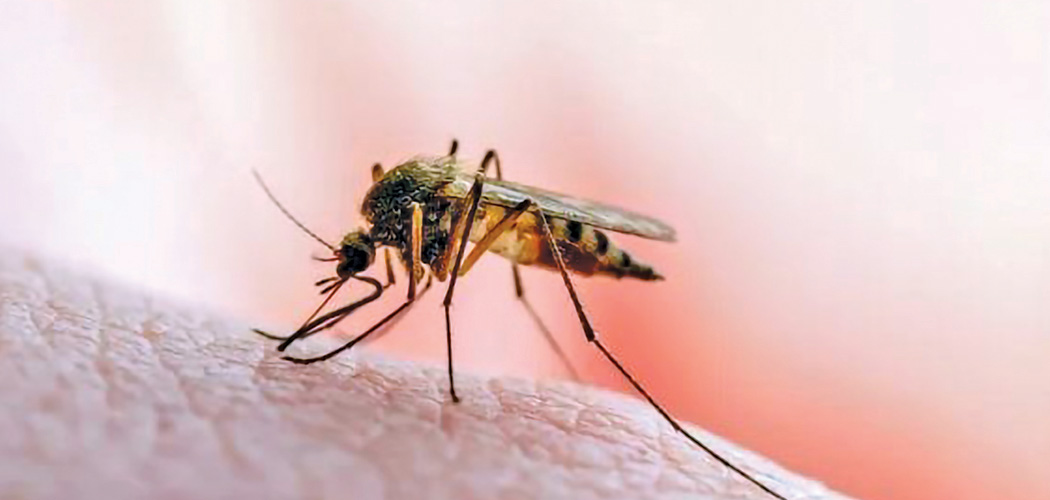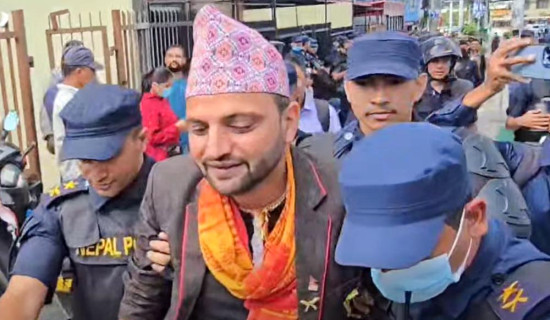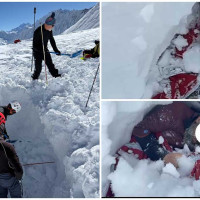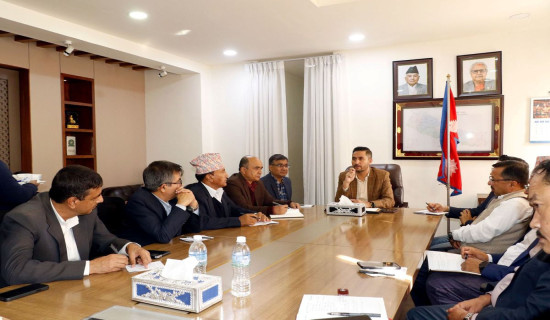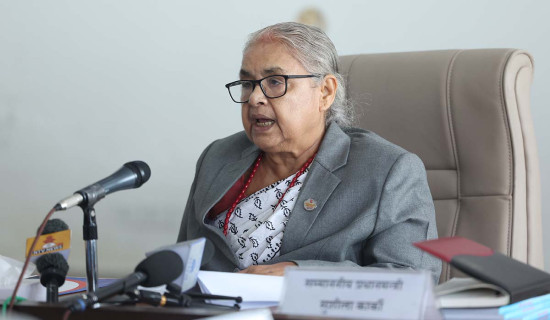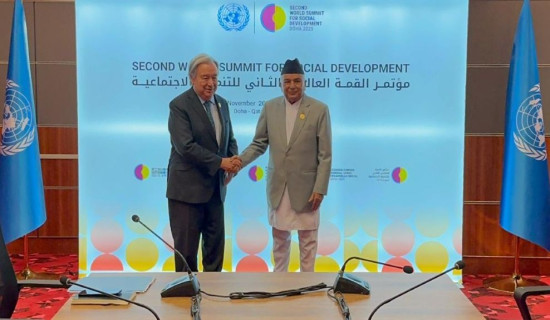- Wednesday, 5 November 2025
Imported malaria cases pose risk of transmission
BY AJITA RIJAL
Kathmandu, Apr. 26: The imported cases of malaria disease are high in Nepal, increasing the risk of local transmission. Although the country has committed to reducing malaria cases to zero, to meet the elimination of the disease by 2025, it seems to be beyond control, as imported cases may cause local transmission.
According to the Epidemiology and Disease Control Division (EDCD), malaria is found to be high among India returnees. Among the 391 cases of malaria detected in a year, 359 were imported cases and of the total imported cases 336 were from India.
As per the data of EDCD, 336 new malaria patients were added in the fiscal year 2021/22. Among them, 28 were detected among locals and 308 were imported cases.
Similarly, 377 malaria cases were detected in the fiscal year 2020/21. Of them, 311 were imported cases and 66 were detected in locals. Among the patients, 51 were plasmodium falciparum and 326 were plasmodium vivax.
“The number of imported cases of malaria is increasing due to the open border with India,” said Dr. Chuman Lal Das, director at EDCD.
Malaria patients are found in Mugu of Karnali Province and Dadeldhura and Baitadi districts of Sudhurpaschim Province, informed Dr. Das.
The disease which was earlier found only in Tarai is now being found in hilly areas as well. Due to the impact of climate change and rise in temperature, mosquitoes are found almost everywhere causing spread of malaria, said Dr. Das.
The high-risk areas of malaria in the country are the foothills with river belts, forest fringe areas in the Tarai, hill river valleys and inner Tarai areas.
The imported cases are on the rise, in lack of rapid diagnostic kit at the border, which leads to entry of people with malaria and transmission of the disease among their family and community.
As per the data of EDCD, 14 districts are vulnerable to malaria. Around 11,190,659 people from 2,551 wards of Nepal are at risk of malaria.
“We have requested officials of Indian state to adopt measures to control malaria and have also started to supply rapid diagnostic test kits to the health desks of border crossings with India,” said Dr. Das.
Dr. Shambhu Nath Jha, consultant Entomologist, said that malaria is a life-threatening mosquito- borne blood disease.
Once an infected mosquito bites a human, the parasites multiply in the host’s liver causing infection and destroy red blood cells.
Its symptoms can be seen in 10 to 15 days including fever, headache, nausea, pain in hands, legs and joints and fatigue. If left undiagnosed and untreated, it can affect the internal organs, leading even to death, said Dr. Jha.
Preventing mosquito bites by using insect repellant, covering arms and legs, using mosquito nets, taking antimalarial tablets when travelling to malaria-risk areas, maintaining sanitation around the house and community are the ways to keep malaria at bay, informed Dr. Jha.
According to doctors, symptoms of malaria can appear up to a year after leaving an area where malaria is endemic.
If people develop a fever and other symptoms after travelling to risk-prone areas, they should seek medical attention, suggested Dr. Jha.

